GALAKA-détail-Barbara Asei Dantoni
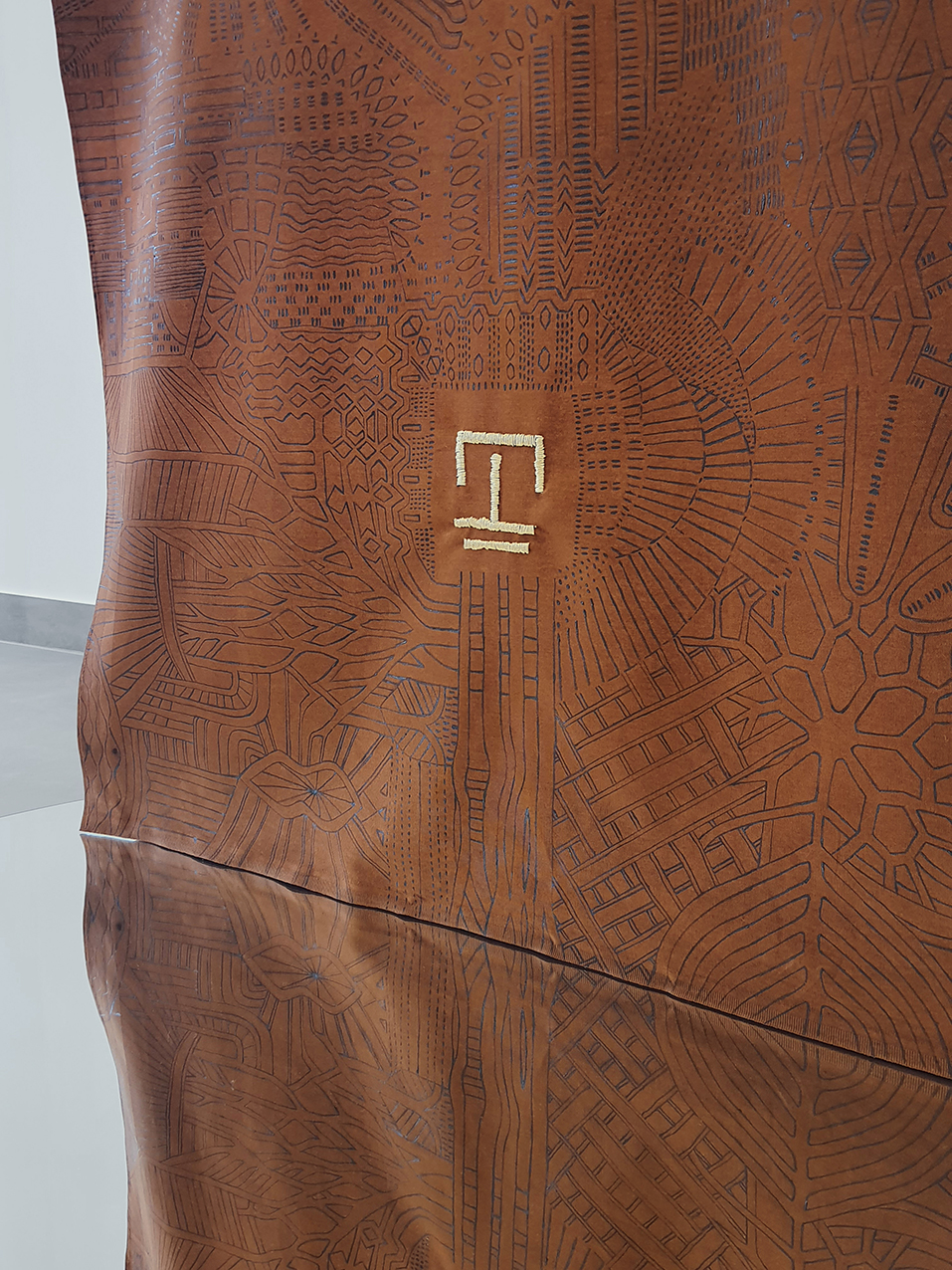
MAWA-Barbara Asei Dantoni
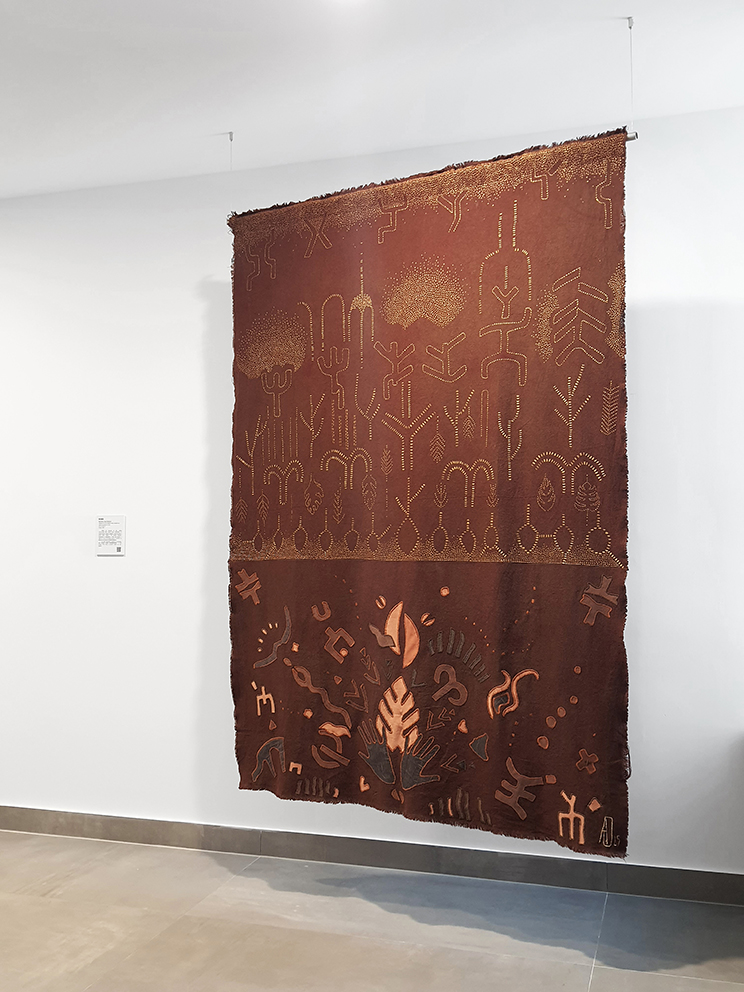
MA-Barbara Asei Dantoni
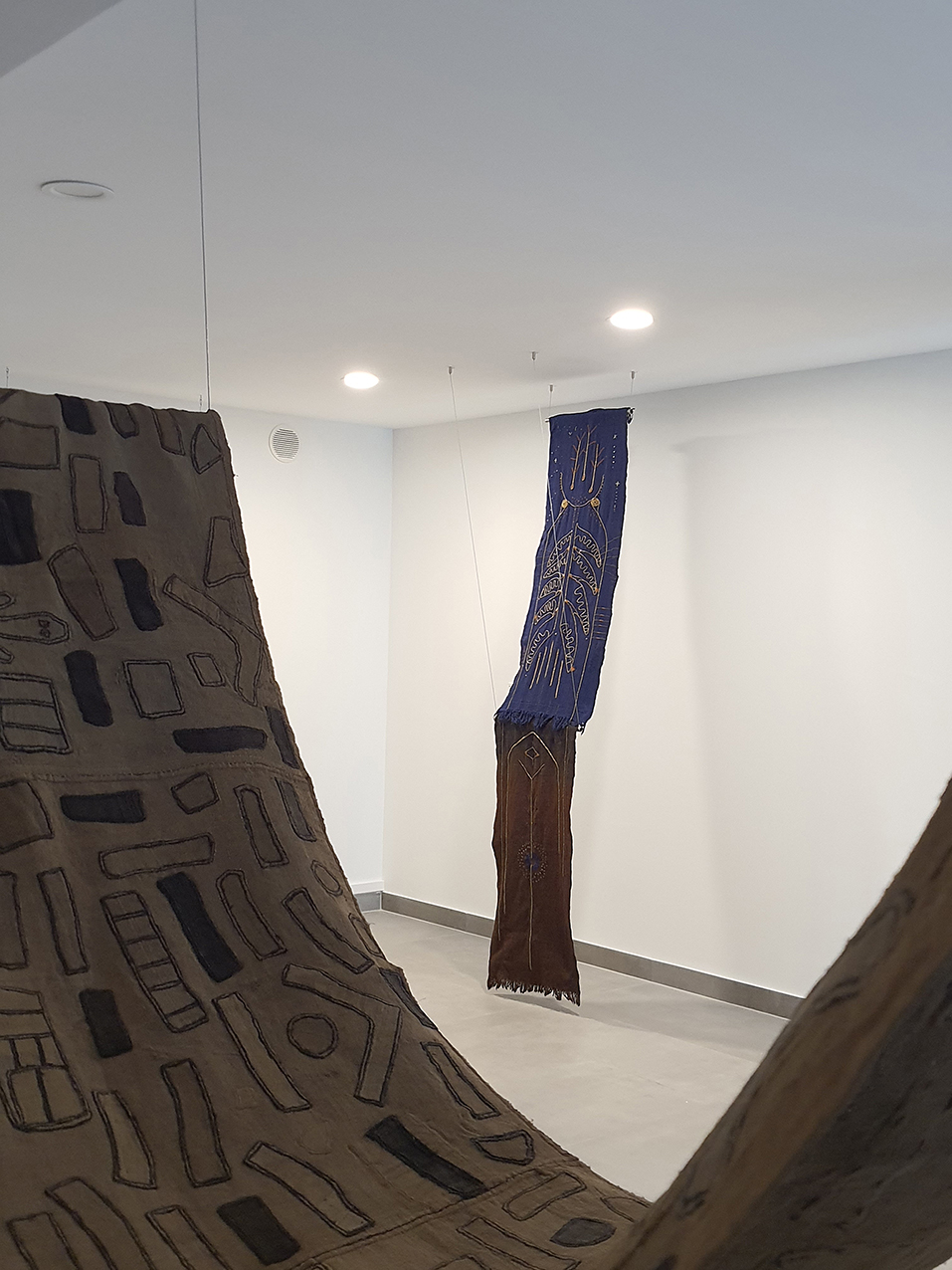
MA-détail-Barbara Asei Dantoni
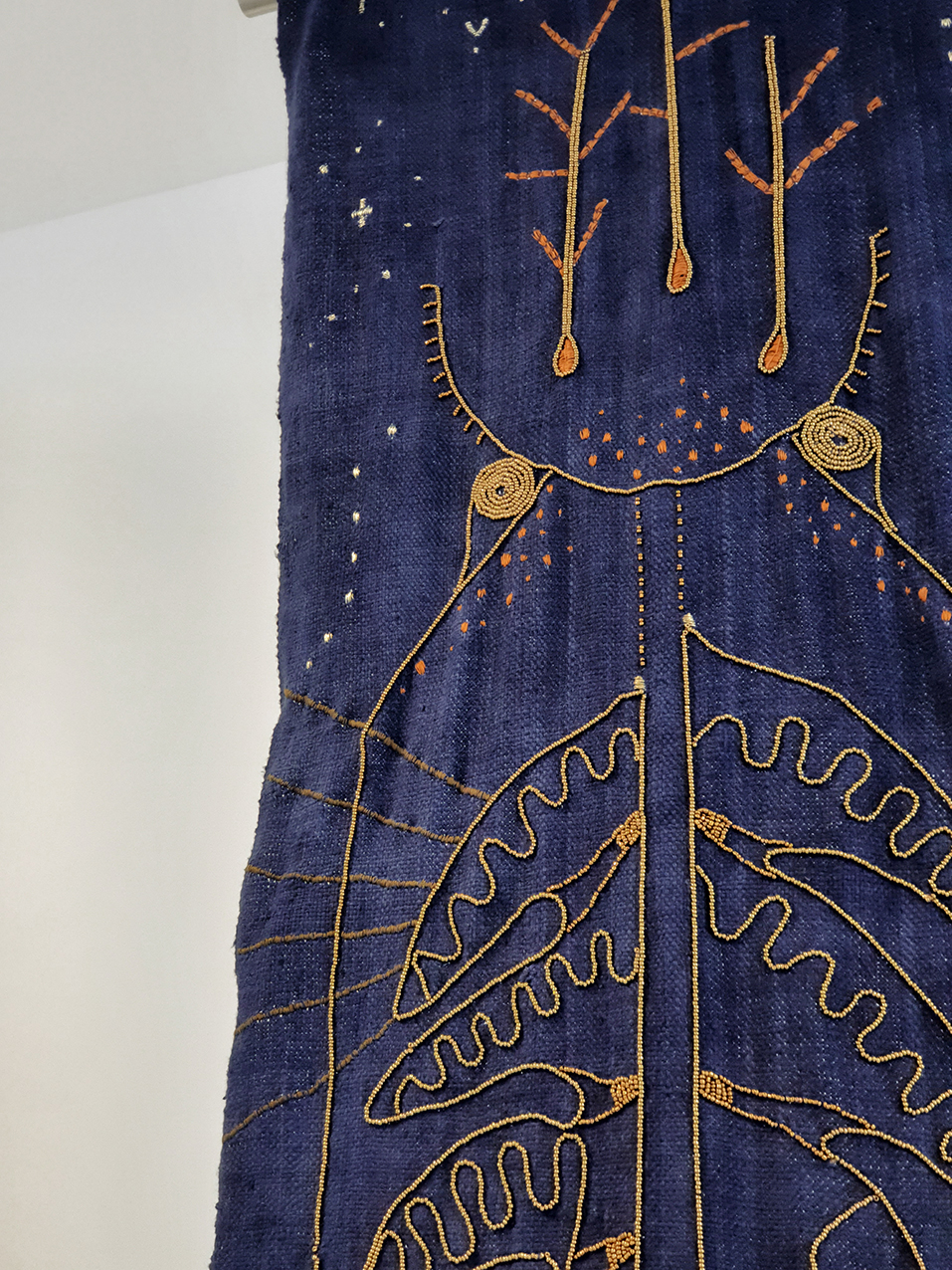
Portraits artisanes-Barbara Asei Dantoni
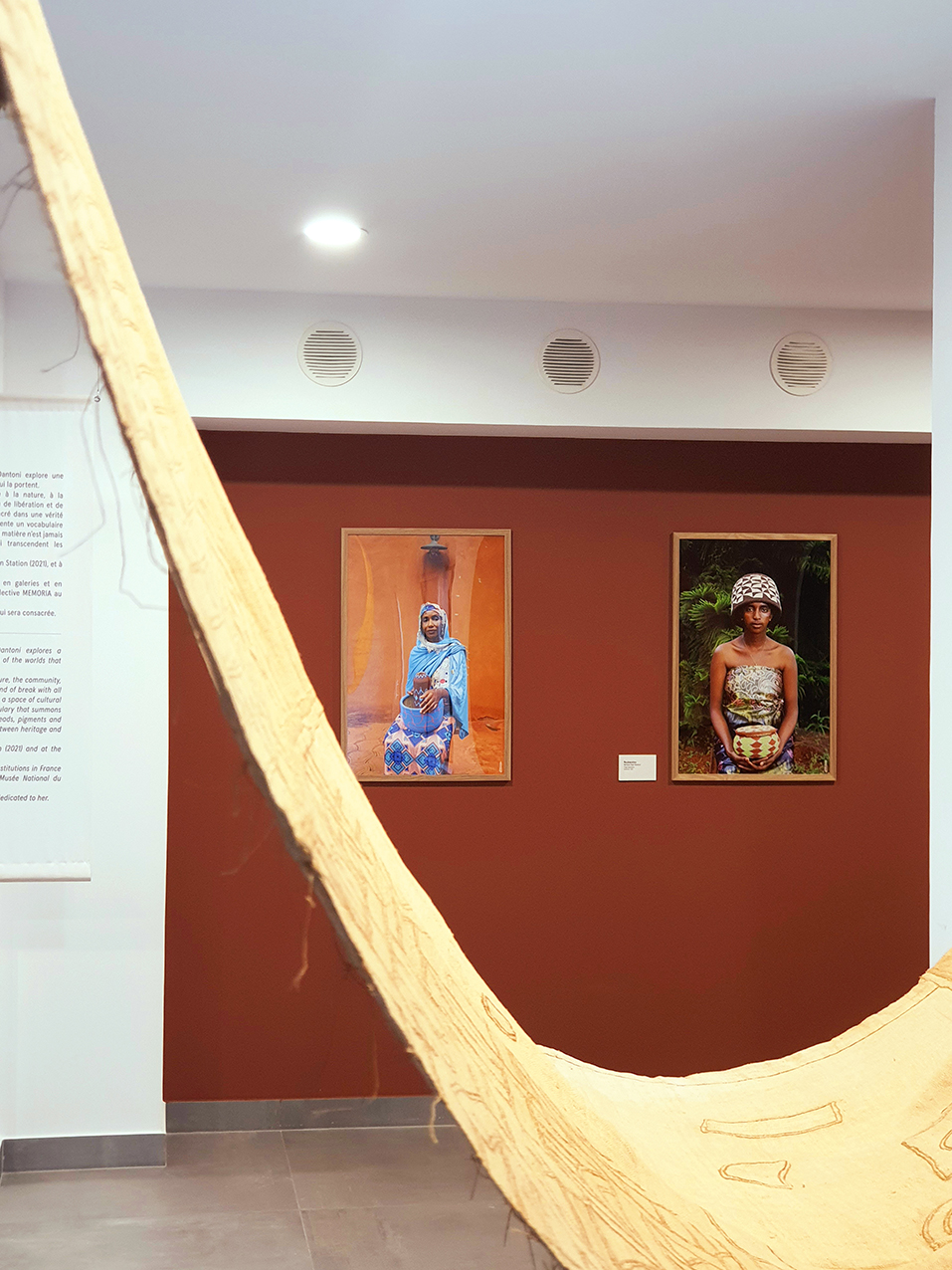
Galerie portraits artisanes-Barbara Asei Dantoni
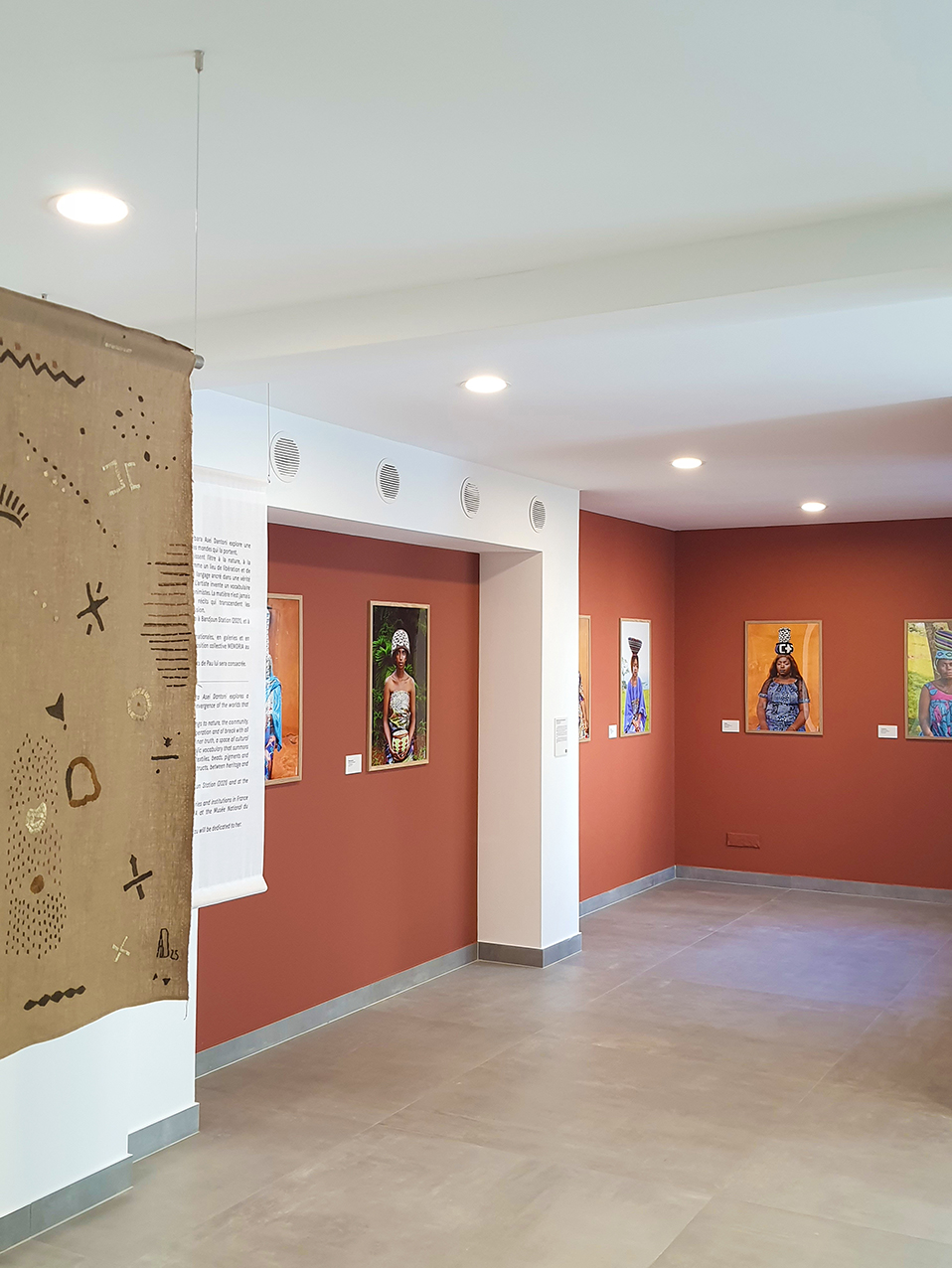
SEDA-Barbara Asei Dantoni ©Ludovic DaSilva
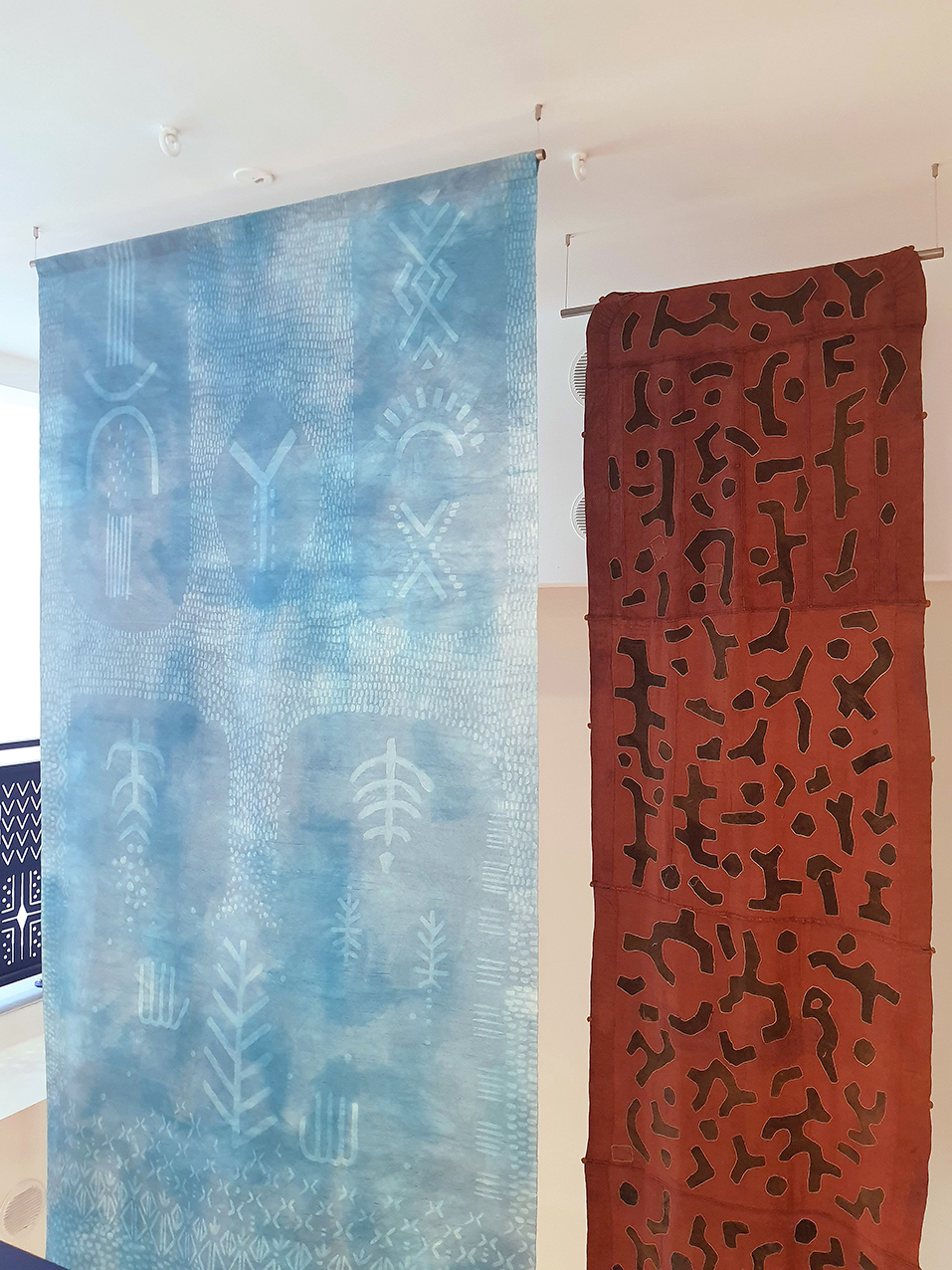
BIKINGA-Barbara Asei Dantoni
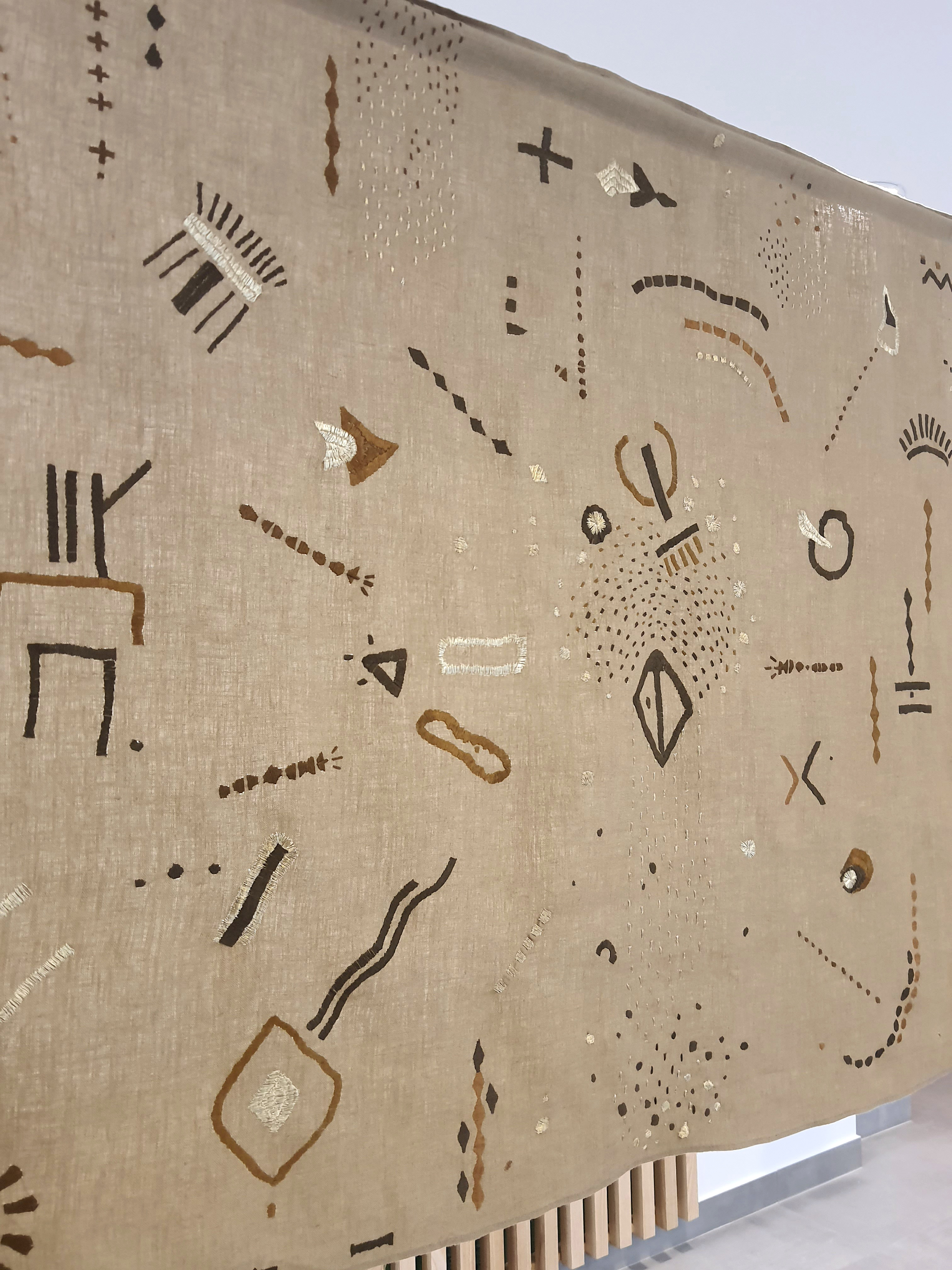
Barbara Asei Dantoni-MAWA
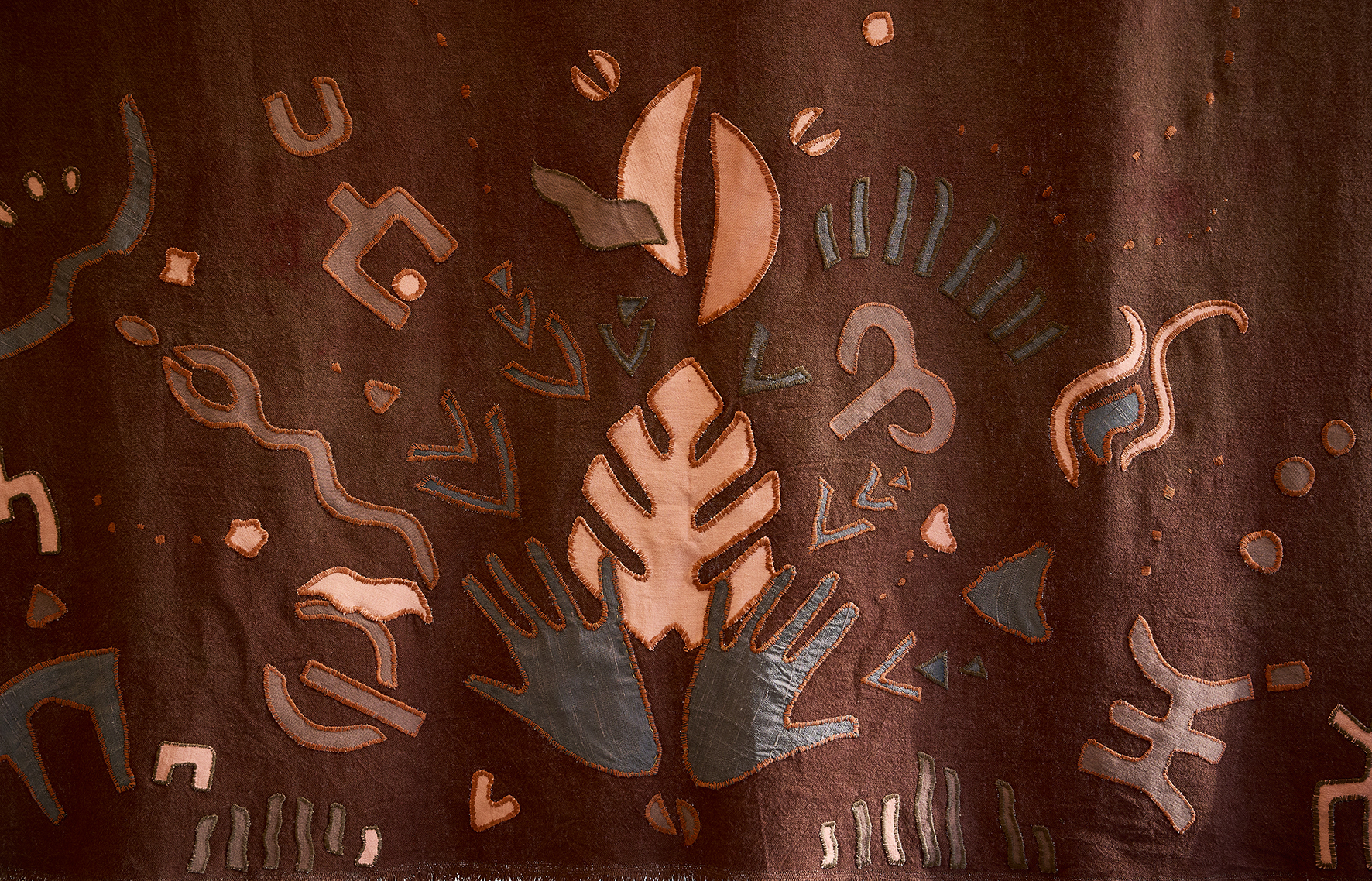
Exposition Maison Gacha x Barbara Asei Dantoni
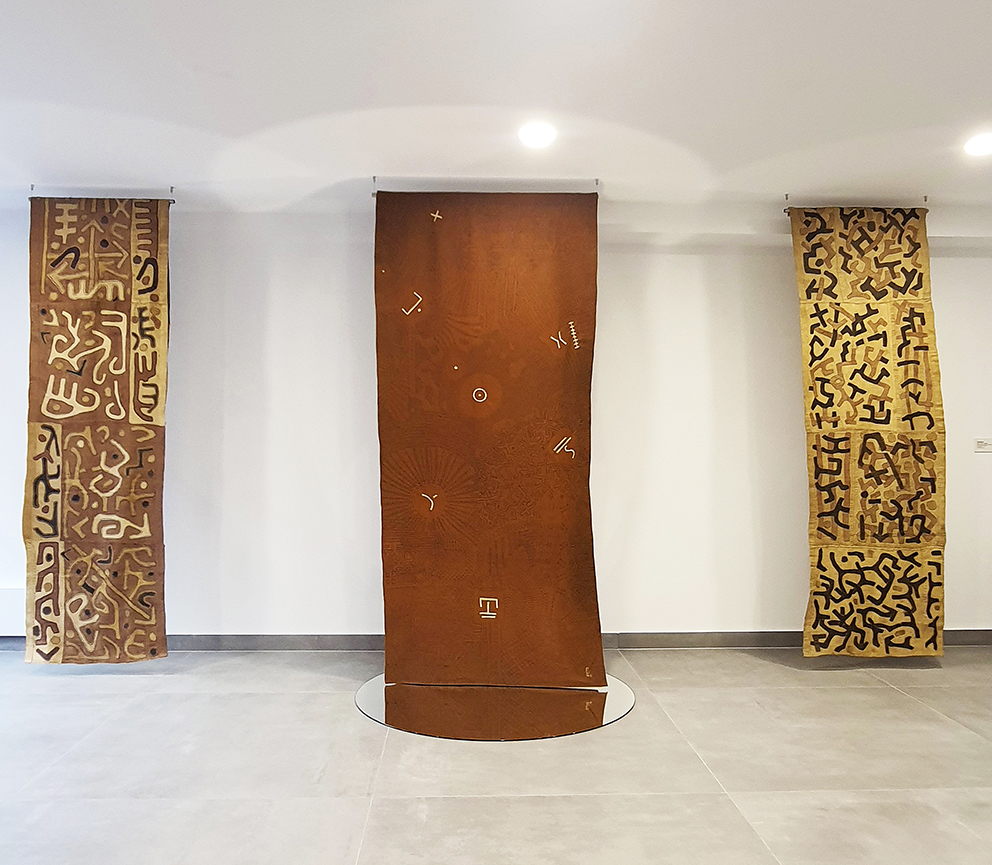
Exposition Maison Gacha -Barbara Asei Dantoni
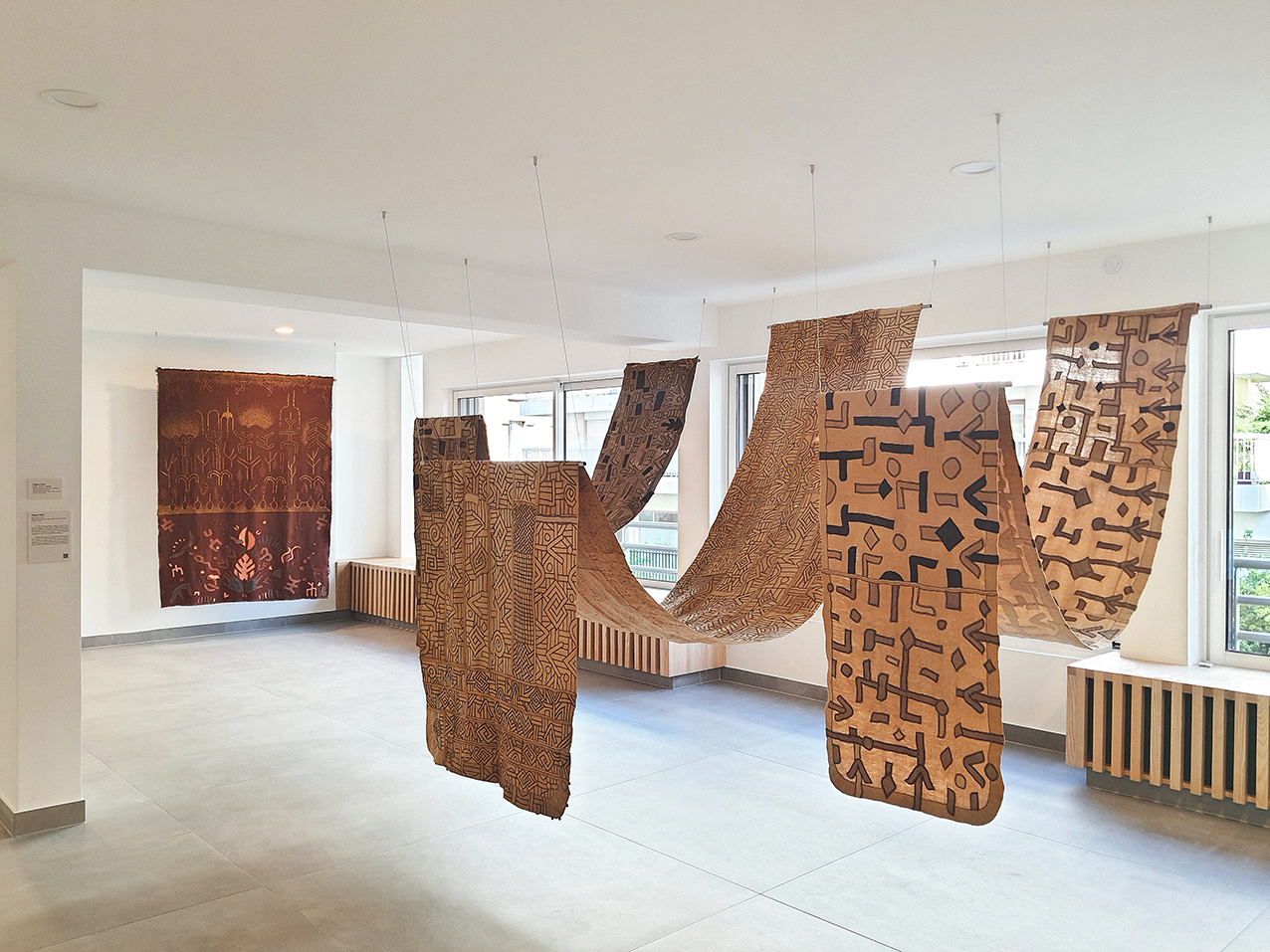
Exposition Barbara Asei Dantoni x Maison Gacha
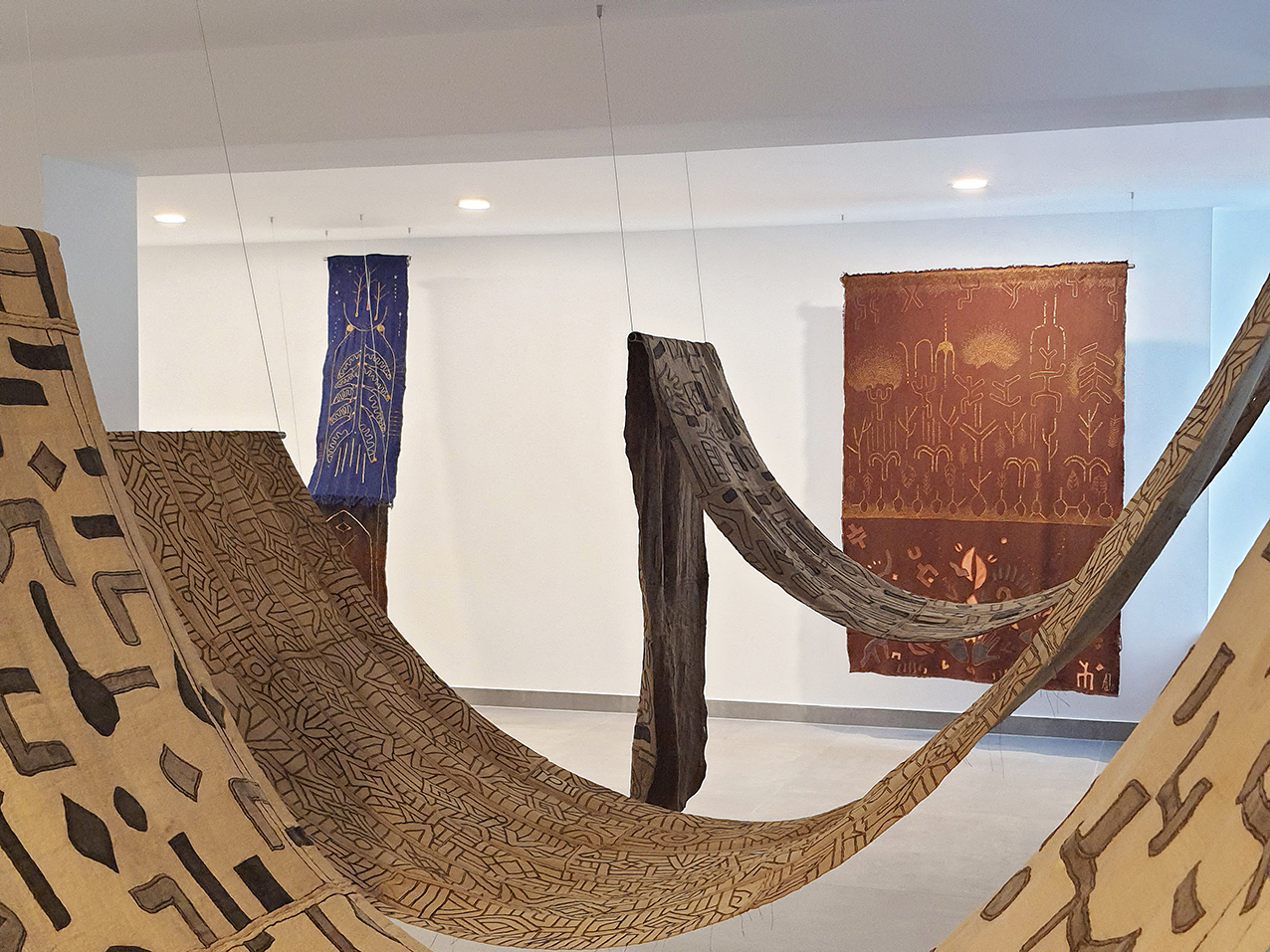
» Barbara Asei Dantoni, Paroles du tissu-monde » Exposition Maison Gacha
Barbara Asei Dantoni, Paroles du tissu-monde
20 juin – 28 septembre 2025
Paroles du tissu-monde invite à lire les textiles comme des alphabets graphiques. Dans le sillage de penseurs comme Édouard Glissant ou Maurice Merleau-Ponty, elle explore la puissance des langages non verbaux — ceux du faire, du tisser, du broder, du rêver — comme autant de formes de résistance à l’effacement des mémoires individuelles et collectives, par l’exercice de l’imaginaire et de la création.
Barbara Asei Dantoni s’inscrit dans cette tradition du sensible. À travers une pratique mêlant perles de verre, fils et pigments, elle tisse des formes qui dialoguent avec les textiles kuba de République démocratique du Congo — notamment les ntshak — où les entrelacs, la répétition et les ruptures de motifs composent une pensée en acte, telle une danse, transmise de main en main.
Asei Dantoni ne copie pas : elle réactive. En hybridant savoirs ancestraux et langages contemporains, elle affirme la valeur des connaissances non académiques, non hégémoniques. Ce sont des savoirs du faire, de l’écoute et du soin. Dans ses œuvres, le geste artisanal devient à la fois un acte politique et un acte poétique — une manière d’habiter le monde, et d’y inscrire une parole venue d’ailleurs.
Cet ancrage dans l’ancestral s’inscrit aussi dans le temps : il témoigne de la vitalité de l’art textile africain du XXe siècle, en dialogue permanent avec la création contemporaine, une approche essentielle pour la Maison Gacha.
Danilo Lovisi
Curateur
*
*
Words of the world-fabric invites us to read textiles as graphic alphabets. In the wake of thinkers such as Édouard Glissant and Maurice Merleau-Ponty, it explores the power of non-verbal languages — those of making, weaving, embroidering, dreaming — as forms of resistance against the erasure of individual and collective memory, through the exercise of imagination and creation.
Barbara Asei Dantoni belongs to this tradition of sensibility. Through a practice that combines glass beads, threads, and pigments, she weaves forms that enter into dialogue with the Kuba textiles of the Democratic Republic of Congo — particularly the ntshak — where interlacing, repetition, and ruptures in pattern compose a living form of thought, like a dance passed from hand to hand.
Asei Dantoni does not imitate : she reactivates. By blending ancestral knowledge and contemporary languages, she affirms the value of non-academic, non-hegemonic forms of knowledge — ways of knowing through making, listening, and care. In her work, the artisanal gesture becomes both a political act and a poetic one — a way of inhabiting the world, and of inscribing within it a voice from elsewhere.
This anchoring in the ancestral is also rooted in time: it reflects the enduring vitality of twentieth-century African textile art, in constant dialogue with contemporary creation – an approach that is central to the Maison Gacha.
Category
Art & Graphic works

